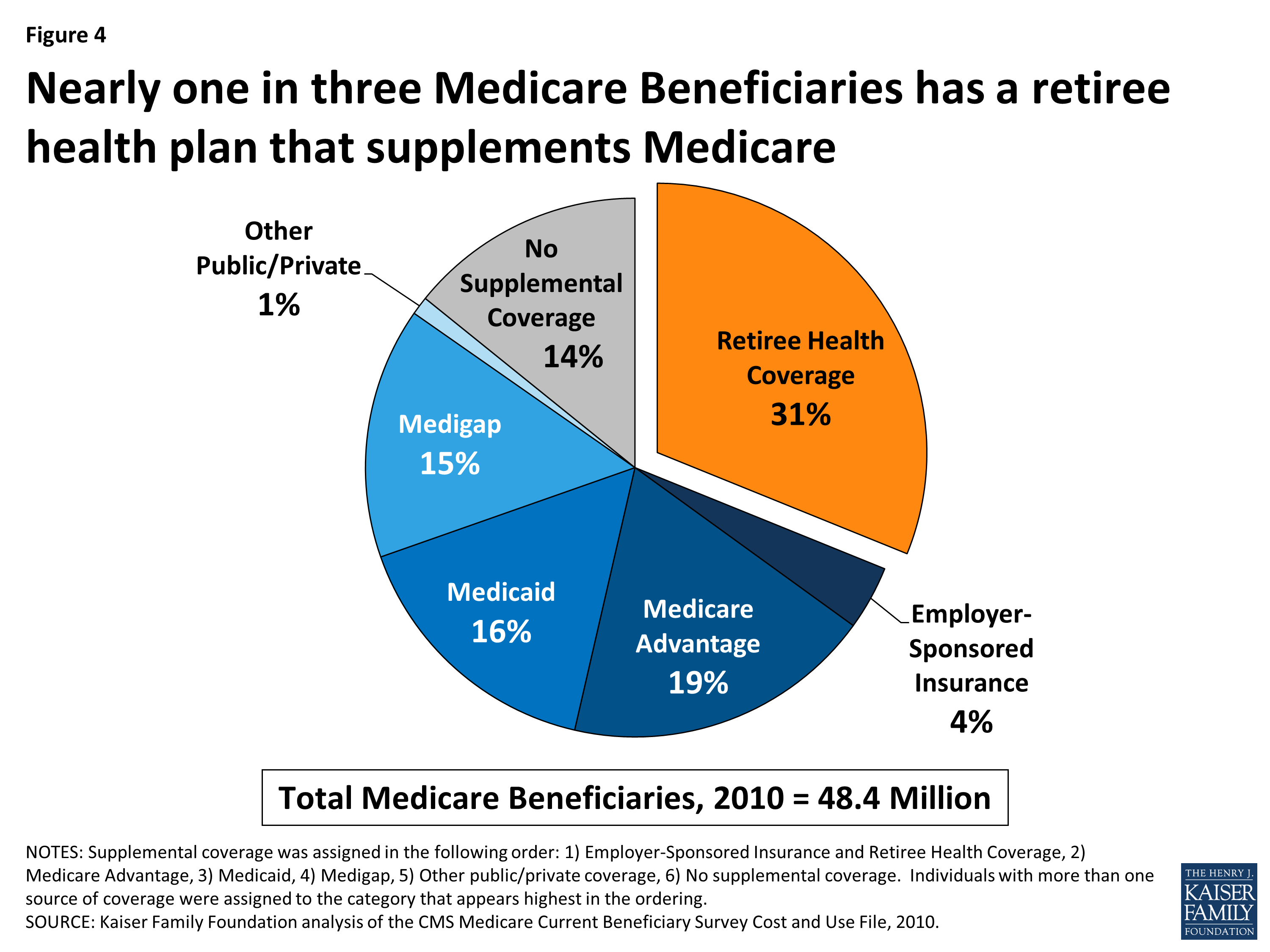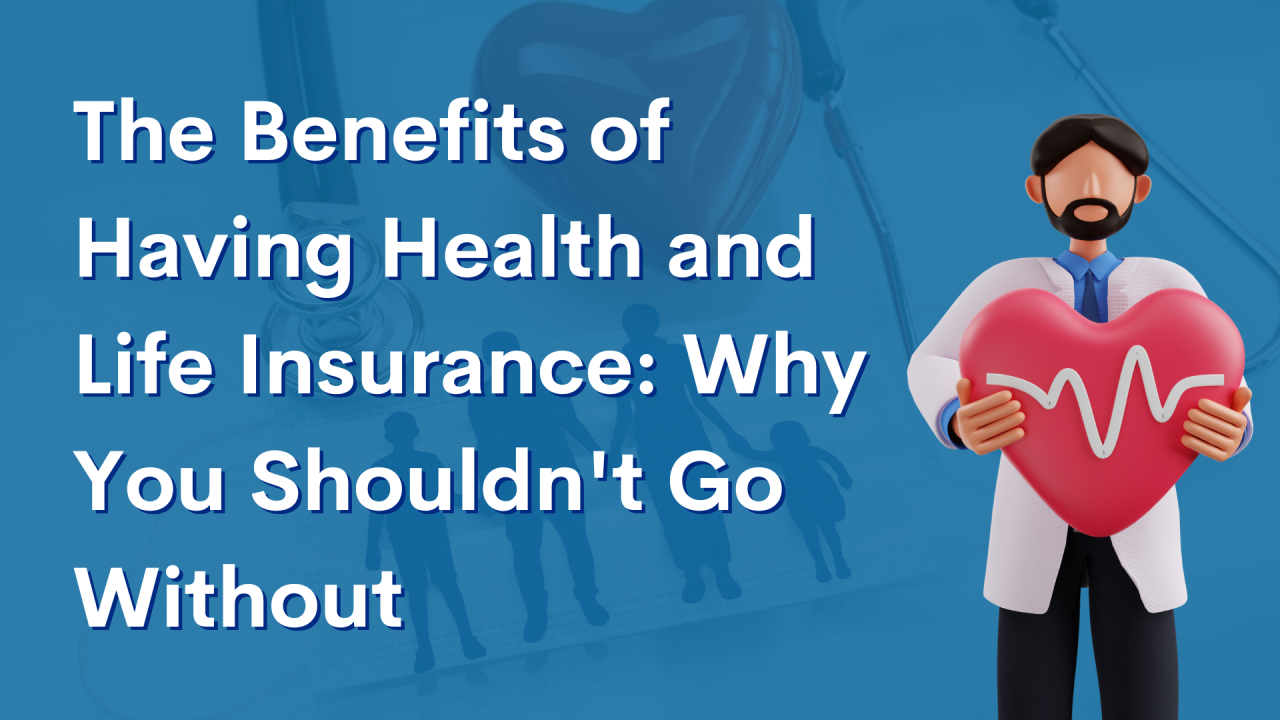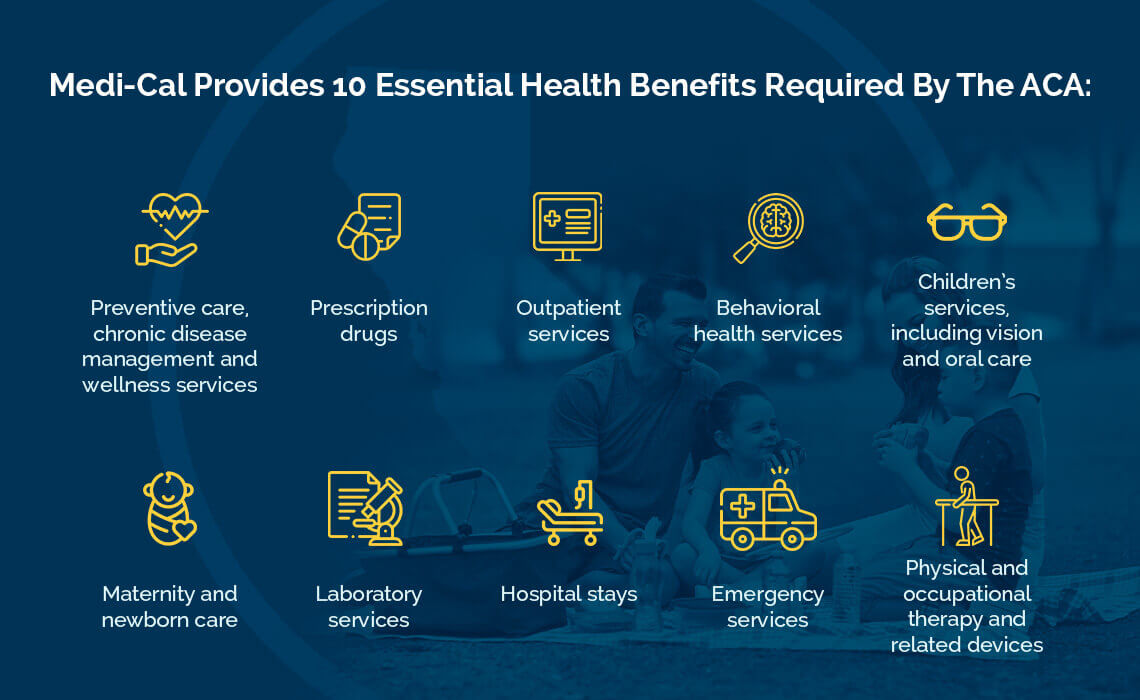The smart Trick of Medicare Advantage Agent That Nobody is Talking About
Table of ContentsThings about Medicare Advantage AgentSome Known Facts About Medicare Advantage Agent.Medicare Advantage Agent - Truths

follows from perplexing the fairly young age account of the uninsured with the better wellness, on average, of younger individuals. This obscures the link in between wellness condition and health and wellness insurance coverage. For those without accessibility to workplace wellness insurance policy, inadequate wellness is a possible obstacle to buying nongroup insurance coverage due to the fact that such insurance coverage may be extremely priced, exclude preexisting conditions, or be just unavailable. The number of uninsured Americans is not specifically huge and has not changed over the last few years. 7 out of 10 respondents in an across the country representative study assumed that fewer Americans lacked wellness insurance coverage than in fact do(Fronstin, 1998). Roughly half(47 percent )thought that the variety of people without wellness insurance coverage reduced or stayed consistent over the last fifty percent of the last years(Blendon et al., 1999). This decrease of practically 2 million in the variety of individuals 'without insurance policy (a decrease
of about 4 percent)is definitely a positive change. With a softer economic climate in 2000 the current reported gains in insurance policy protection might not proceed(Fronstin, 2001 ). The decline in the variety of uninsured will not continue if the economy remains slow and health care expenses proceed to outmatch inflation. This is since the data were gathered for a period of solid financial efficiency. Of the estimated 42 million individuals that were uninsured, all however about 420,000(about 1 percent)were under 65 years old, the age at which most Americans become eligible for Medicare; 32 million were grownups in between ages 18 and 65, around 19 percent of all adults in this age group; and 10 million were kids under 18 years of age, regarding 13.9 percent of all kids (Mills, 2000). These estimates of the number of persons without insurance are created from the annual March Supplement to the Current Population Study (CPS), carried out by the Demographics Bureau. Unless or else noted, national quotes of people without wellness insurance and proportions of the populace with various sort of protection are based upon the CPS, one of the most extensively used resource of estimates of insurance policy protection and uninsurance prices. These surveys and the estimates they yield are described briefly in Table B. 1 in Appendix B - Medicare Advantage Agent. These surveys differ in size and sampling methods, the concerns that are asked regarding insurance coverage
More About Medicare Advantage Agent
coverage, and the time duration over which insurance coverage or uninsurance is gauged(Lewis et al., 1998, Fronstin, 2000a ). Still, the CPS is especially helpful due to the fact that it generates yearly estimates relatively swiftly, reporting the previous year's insurance policy protection approximates each September, and because it is the basis for a consistent collection of price quotes for more than 20 years, allowing for evaluation of fads in protection gradually.

The 7-Minute Rule for Medicare Advantage Agent
Over a three-year duration beginning early in 1993, 72 million individuals, 29 percent of the U.S. population, were without insurance coverage for a minimum of one month. Within a single year(1994), 53 million people experienced a minimum of a month without insurance coverage(Bennefield, 1998a). 6 out of every ten uninsured adults are themselves utilized. Although functioning does enhance the likelihood that and one's family members will certainly have insurance coverage, it is not an assurance. Also members of households with 2 full-time breadwinner have virtually a one-in-ten chance of being uninsured (9.1 percent uninsured rate)(Hoffman and Pohl, 2000 ). The relationship in between wellness insurance and accessibility to care is well established, as documented later on in this phase. The connection between health insurance policy and wellness end results is neither direct nor easy, an extensive scientific and health solutions research study literature web links health and wellness insurance coverage
to improved enhanced accessibility care, better qualityTop quality and improved enhanced and population populace statusCondition The 2nd record, on individual health and wellness outcomes for without insurance grownups, is stood for by the inner circle of the figure, while the third report, on family members health, encompasses the subjects of the second report but emphasizes a various unit of analysis, specifically, the family. The sixth report in the collection will present details regarding methods and efforts undertaken in your area, statewide, or nationally to deal with the lack of insurance and its negative impacts. Degrees of analysis for examining the impacts of uninsurance. This discussion of medical insurance protection concentrates mostly on the united state populace under age 65 due to the fact that essentially all Americans 65 and older have Medicare or other public protection.
It focuses particularly on those without any kind of wellness insurance coverage for any size of time. The troubles faced by the underinsured remain in some aspects similar to those dealt with by the without insurance, although they are normally less extreme. Uninsurance and underinsurance, however, include distinctly different policy problems, and the strategies for addressing them might vary. Throughout this study and the five records to adhere to, the primary focus is on persons without health and wellness insurance and therefore no help in paying for health care beyond what is offered through charity and safeguard institutions. Health insurance policy is a powerful factor influencing invoice of treatment due to the fact that both clients and doctors reply to the out-of-pocket cost of services. Health insurance coverage, nevertheless, is neither essential neither enough to get to medical services. Nevertheless, the independent and straight impact of health
insurance protection on access to wellness services is well developed. Others will certainly acquire the healthcare they need even without wellness insurance, by paying for it expense or seeking it from suppliers that use care free or at highly subsidized prices. For still others, wellness insurance policy alone does not guarantee receipt of treatment due to various other nonfinancial obstacles, such as a lack of healthcare suppliers in their neighborhood, limited access to transport, illiteracy, or etymological and social differences. Official study concerning uninsured populations in the United States dates to the late 1920s and early 1930s when the Board on the Expense of Healthcare created a collection of reports about financing doctor office visits and hospital stays. This issue came to be significant as the numbers of clinically indigent climbed up throughout the Great Depression. Empirical research studies consistently support the link in between accessibility to care and enhanced health end results(Bindman et al., 1995; Starfield, 1995 ). Having a normal resource of treatment can be considered a predictor of gain access to, instead than a direct action of it, when health and wellness end results are themselves made use of as accessibility signs. This extension of the concept of accessibility measurement was made by the IOM Committee on Keeping An Eye On Gain Access To to Personal Health Treatment Solutions(Millman, 1993, p. Whether or not moms and dads are guaranteed shows up to impact whether their kids obtain care as well as just how much careeven if the kids themselves have coverage(Hanson, 1998). The health and wellness of parents can affect their capacity to take care of their children and the level of family members stress. Bothering with their kids's accessibility to care is itself a source of stress for you can look here moms and dads. Three phases follow in this report. Phase 2 supplies a summary of how employment-based medical insurance, public programs and private insurance policy policies operate and engage to give extensive yet insufficient insurance coverage of the U.S. populace. This consists of a review of historic fads and public laws affecting both public and personal insurance coverage, a discussion of the communications among the different kinds of insurance policy, and an evaluation of why people move from one program to one more or end up
